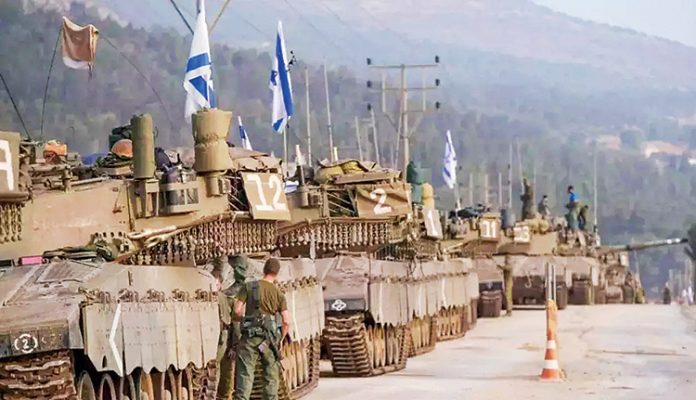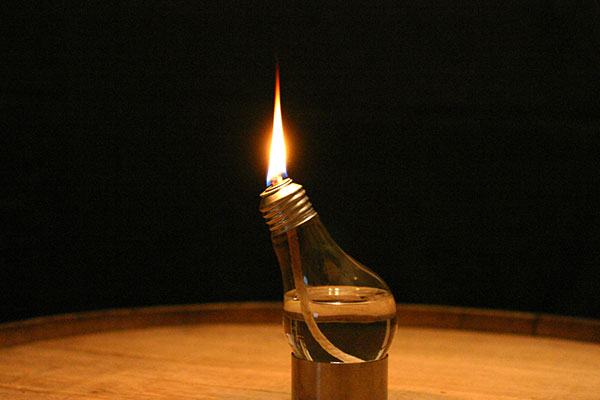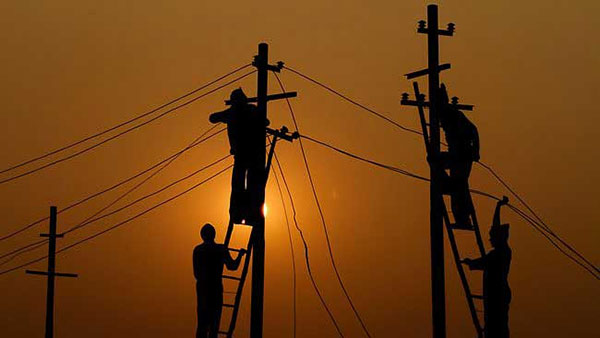Iran’s volleys of missiles against Israel represent the latest, and starkest, escalation in tensions in the region. The U.S. and others have worried that Israel’s military operations in Lebanon, Syria and the Gaza Strip over the last several months could plunge the region into a wider war and drag the West directly into another major Middle Eastern conflict.
The strike comes just a day after Israel launched a “limited” military operation into neighboring Lebanon against the Iran-backed Hezbollah militant group. And it follows a series of Israeli strikes against Hezbollah and Hamas — another one of Iran’s regional proxies — including assassinations of top commanders. On Friday, Israel conducted an airstrike in Beirut, Lebanon’s capital, that killed Hezbollah leader Hassan Nasrallah. And in August, Israeli intelligence killed Hamas leader Ismail Haniyeh while the group’s leader was in Tehran for the inauguration of the country’s new president Masoud Pezeshkian.
The U.S. also helped Israel defend against a previous Iranian missile attack in April. After Israel struck the Iranian consulate in Damascus and killed a senior leader in the Iranian Revolutionary Guard Corps, Tehran and its proxies fired a volley of missiles and drones against Israel. That attack was thwarted by Israel’s David’s Sling air defenses, along with assistance from the U.S., Jordan and Saudi Arabia.
In a post on X, Iran’s mission to the United Nations in New York wrote that “Iran’s legal, rational, and legitimate response to the terrorist acts of the Zionist regime — which involved targeting Iranian nationals and interests and infringing upon the national sovereignty of the Islamic Republic of Iran — has been duly carried out.”








